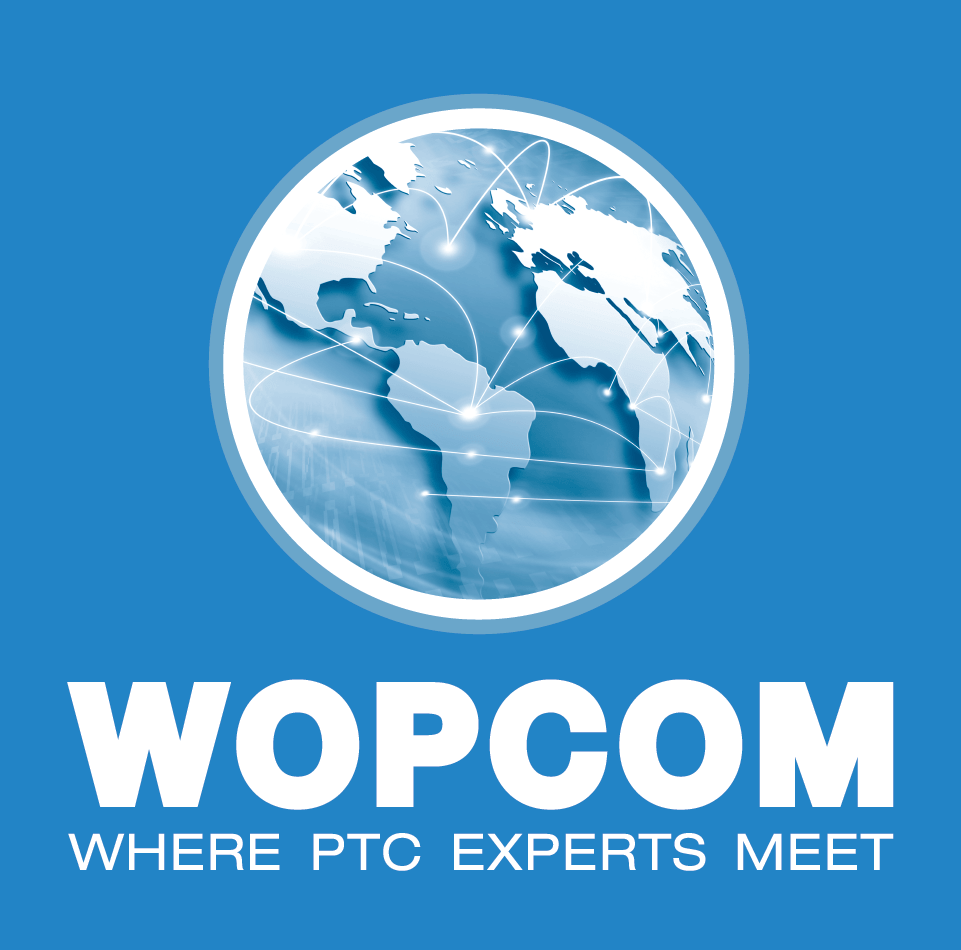(TS) Technical
Textile materials in PTC (part 4): textile materials matter!
Materials do matter in textiles. Fibre selection and engineering, blending of fibres at fibre, yarn or fabric level, fabric construction and finally finishes or coatings do matter in designing properties of materials. There is more than staple cotton and polyester. Cotton can even be modified and polyester comes in a wide range of shapes. But…
Read MoreTextile materials in PTC (part 3): Engineering fibers and fabrics
Once fibre selection is carried out, the next step is to engineer materials. The three components of designing fabrics are to choose yarns (in terms of composition, twist, thickness, finishes) to design a fabric structure (technology used, density in threads per cm, binding) and to select finishes (colour, laminates or coatings). Fibre Blends Blending is…
Read MoreTextile materials in PTC (part 2): main fibre types
Materials come at a price and the economics of fibres do also drive their development and utilization. Cost of fibres is not a given, it is depending on the advancement of processes and the scale at which they are produced. Cotton is one of the cheapest fibres because of more than 200 years of development.…
Read MoreTextile materials in PTC (part 1): firbre dynamics
The fundamental basis of textiles is fibre. Fibres give so called “intrinsic” properties to material. This is the consequence of the physical-chemical properties of a polymer, such as the melting point, glass transition temperature, strength, hydrophilic or hydrophobic behaviour. For a textile engineer, a fibre is a bundle of filaments to be used in a…
Read MoreThe environmental impact of industrial laundry
The total environmental impact has to be determined by the impact of single environmental effects. These effects are related to the energy consumption, the use of raw materials and the waste generated during the process or life time of the product. An example of aspects of an environmental impact analysis is given below [6]: •…
Read MoreBest Practices on water usage in industrial laundry
Water is a key ingredient of the industrial laundry process. Without water the industrial laundry process is not possible. The functions of water are multiple. Looking at the circle of Sinner, the water is involved in three out of the four parameters determining washing results. The detergents and bleaching chemicals are dissolved in the water…
Read MoreEnergy efficiency measures for industrial laundry
Energy efficiency is an important aspect related to the sustainability of the laundry process. Improving the energy efficiency of the laundry process is one of the biggest challenges of the industry. Apart from a contribution to sustainability, energy saving cans also lead to lowering the cost of the laundry process. In this chapter, several aspects…
Read MoreSafe processing for industrial laundry
Safety for employees is an important issue within the textile service industry. The major risks within are getting stuck between moving parts, contact with heat, and exposure to the chemicals used in the laundry industry. The safety of the workers is optimized by applying proper equipment, safety precautions and working methods [1]. Machine safety In…
Read MoreICT & logistics in industrial laundry
Innovation and automation in the professional laundry industry is currently no longer an option, but a need for the industry. This applies not only to the management and control of the laundry equipment, but also to energy management and real-time tracking and tracing of textiles. Laundries investing in smart application of ICT technology in their…
Read More
